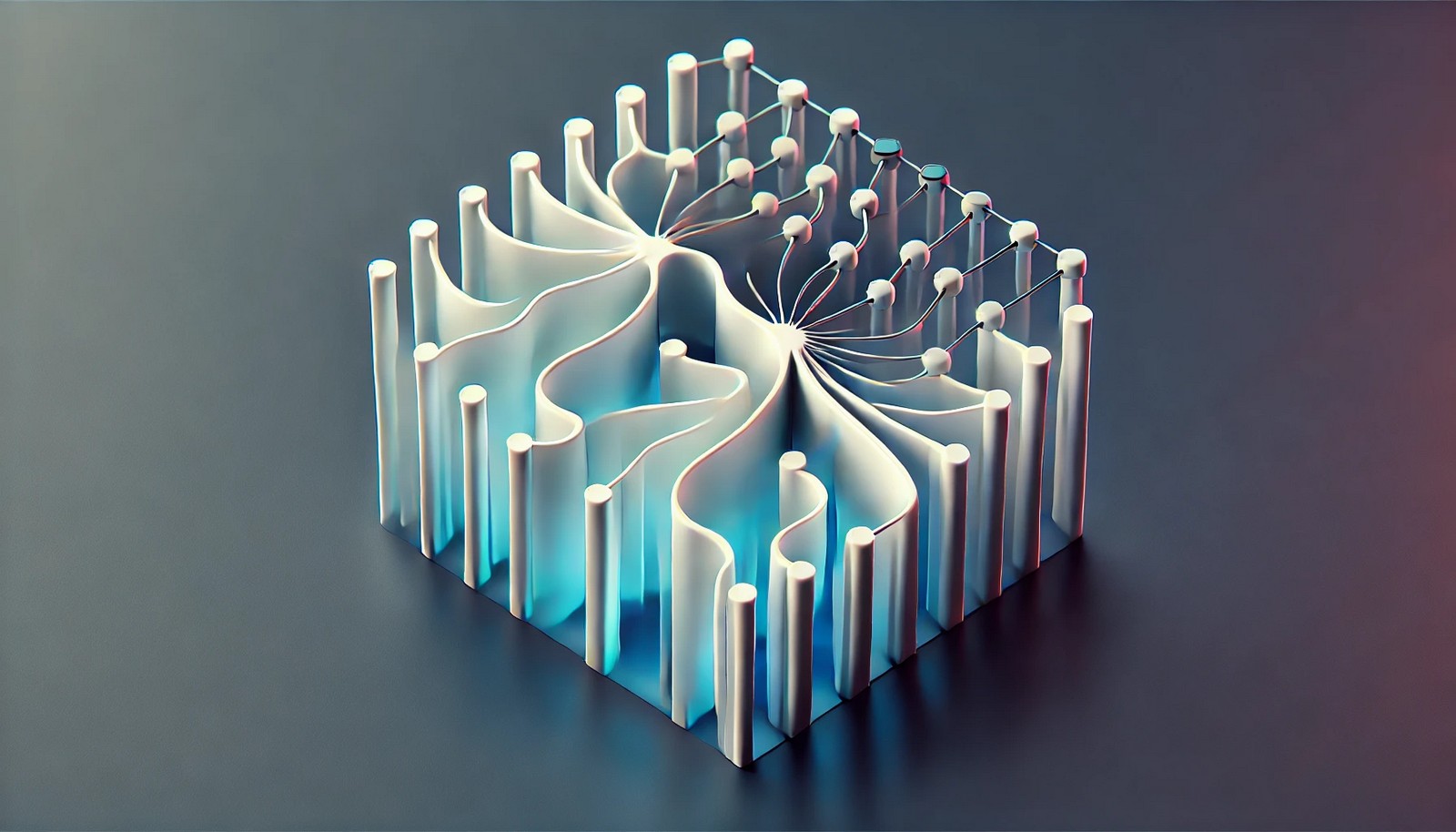Gradient Reversal

Quick Navigation:
- Gradient Reversal Definition
- Gradient Reversal Explained Easy
- Gradient Reversal Origin
- Gradient Reversal Etymology
- Gradient Reversal Usage Trends
- Gradient Reversal Usage
- Gradient Reversal Examples in Context
- Gradient Reversal FAQ
- Gradient Reversal Related Words
Gradient Reversal Definition
Gradient Reversal is a technique used primarily in domain adaptation within machine learning. It alters the learning process by reversing gradients during backpropagation, which affects how different components of a neural network learn. Instead of minimizing error in the usual sense, Gradient Reversal applies a layer that sends negative gradients to a particular part of the network. This is particularly useful in adversarial training, where Gradient Reversal layers help models generalize better by learning invariant features across different data distributions, such as different environments or datasets.
Gradient Reversal Explained Easy
Imagine you’re learning to do a math problem, but your teacher wants you to unlearn part of it so you can think differently. Gradient Reversal is like giving a computer this type of opposite feedback in part of its "brain." It helps the computer learn in a new way, making it better at handling different kinds of problems.
Gradient Reversal Origin
Gradient Reversal was popularized in the context of domain adaptation, where machine learning models need to generalize well across diverse datasets. Researchers found that reversing gradients could help models ignore specific dataset biases, fostering a more universal understanding of data patterns.
Gradient Reversal Etymology
The term "Gradient Reversal" derives from the mathematical concept of a gradient, representing the direction and rate of fastest increase. Here, "reversal" implies sending the gradient in the opposite direction to achieve an intentional “unlearning” effect.
Gradient Reversal Usage Trends
With the rise of domain adaptation and adversarial training techniques, Gradient Reversal has become increasingly prevalent in fields requiring robust generalization. From computer vision to language processing, this technique supports applications in autonomous driving, sentiment analysis, and more, as models adapt to new environments seamlessly.
Gradient Reversal Usage
- Formal/Technical Tagging:
- Domain Adaptation
- Adversarial Machine Learning
- Gradient Manipulation - Typical Collocations:
- "gradient reversal layer"
- "domain adaptation via gradient reversal"
- "applying gradient reversal in neural networks"
Gradient Reversal Examples in Context
- A neural network with a Gradient Reversal layer effectively ignores dataset-specific biases in cross-cultural sentiment analysis.
- Gradient Reversal layers aid in training autonomous vehicle algorithms by adjusting the model for varied road conditions.
- In healthcare, Gradient Reversal enables diagnostic models to adapt across different hospital data sources.
Gradient Reversal FAQ
- What is Gradient Reversal in AI?
Gradient Reversal manipulates gradients to enhance generalization in neural networks. - How does Gradient Reversal aid in domain adaptation?
It helps models learn invariant features across different data distributions, making them adaptable. - Where is Gradient Reversal commonly used?
It’s used in tasks requiring domain adaptation, such as autonomous driving, language translation, and image recognition. - How does Gradient Reversal affect neural networks?
It reverses gradients in parts of the network, encouraging generalization across data variations. - What types of neural networks benefit from Gradient Reversal?
Primarily, convolutional neural networks (CNNs) and recurrent neural networks (RNNs) in domain-adaptive tasks. - Is Gradient Reversal effective in adversarial training?
Yes, it helps models become robust against adversarial conditions by “unlearning” specific patterns. - Does Gradient Reversal impact model accuracy?
It can, but primarily by making models more adaptable and accurate across varied datasets. - Can Gradient Reversal be applied outside of AI?
It’s specific to machine learning but relates to any optimization that uses gradients. - Are there drawbacks to using Gradient Reversal?
It may complicate training and require careful tuning to avoid overgeneralization. - Who developed Gradient Reversal?
It was introduced by machine learning researchers exploring robust domain adaptation methods.
Gradient Reversal Related Words
- Categories/Topics:
- Domain Adaptation
- Machine Learning Robustness
- Neural Network Layers
Did you know?
Gradient Reversal layers have been pivotal in advancing self-driving car technology, as they help these models adapt to varied driving conditions worldwide. By learning invariant road features, Gradient Reversal supports real-time adaptability essential for safe autonomous navigation.
PicDictionary.com is an online dictionary in pictures. If you have questions or suggestions, please reach out to us on WhatsApp or Twitter.Authors | Arjun Vishnu | @ArjunAndVishnu

I am Vishnu. I like AI, Linux, Single Board Computers, and Cloud Computing. I create the web & video content, and I also write for popular websites.
My younger brother, Arjun handles image & video editing. Together, we run a YouTube Channel that's focused on reviewing gadgets and explaining technology.



Comments powered by CComment